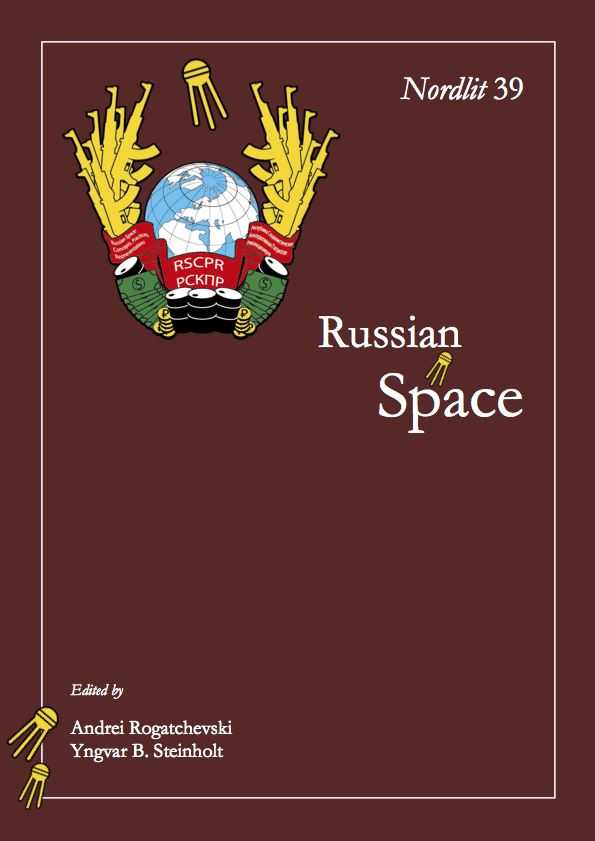A Russian discovery in the Arctic ocean at the time of Columbus
DOI:
https://doi.org/10.7557/13.4203Keywords:
Svalbard, Greenland, Sami, Yugra, Conrad Celtis, Hieronymus Münzer, Pomponio Leto, Mauro OrbiniAbstract
In the last decades of the fifteenth century, at least three texts by Italian and German humanists included reports on an Arctic island newly discovered by the Russians. Modern Russian scholarship variously identifies this island as Spitsbergen (meaning a part or even the whole archipelago presently named Svalbard) or Novaya Zemlya. This article suggests that the still enigmatic Arctic discovery was largely shaped by theoretical assumptions of late medieval geographers. The rumors about the island closely followed the route through Europe of the famous German scholar and poet Conrad Celtis, and they may go back to one and the same source. A search for this Arctic island in Celtis’s own body of work reveals its description in his poem, Germania generalis, and in one of his erotic geographic elegies, the Amores. It is further argued that Celtis may have left the only cartographic depiction of the island on his Barbara Codonea map, printed as an illustration to the fourth book of the Amores.Downloads
Published
2017-10-24
How to Cite
Chekin, Leonid S. 2017. “A Russian discovery in the Arctic ocean at the time of Columbus”. Nordlit, no. 39 (October):58–74. https://doi.org/10.7557/13.4203.
Issue
Section
Articles









